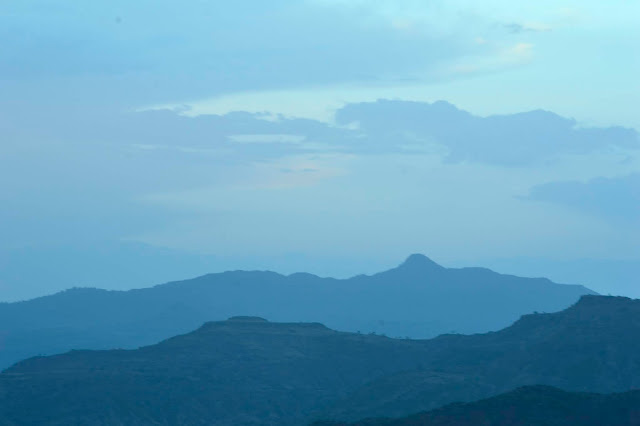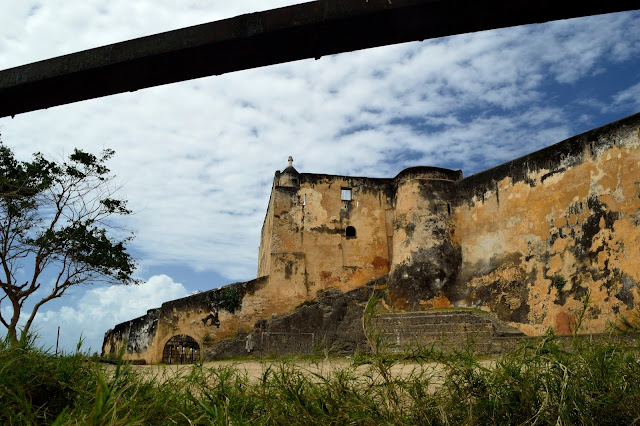Highlands of Ethiopia
Most of Ethiopia's arable and
fertile lands are located on top of high plateaus. For this reason, these parts
of the country are highly populated and the land is overused by thousands of
years of subsistence farming which mostly depends on rain coming from the two
rainy seasons each year. The short rainy season which starts at the end of
March and ends in April and the long which starts in June and ends in around
the second week of September, any disruption to the rain pattern causes huge
difficulty for farmers and the farming economy were more than 80% of the
population is directly dependent on. Overpopulation deforestation and global
climate change are making these disruptions a regular occurrence. Population
growth without an economic growth matching it is the biggest challenge that the
country faces now. Farming had been hiding a very high unemployment rate of the
youth for 4 decades but it is now at a point which it can no longer do so.
Subsistence farming alone can no longer absorb the highly unemployed youth of
the country for a simple reason, lack of land and natural resources. The hidden
unemployment had surfaced causing conflicts and tensions between communities
who struggle to take control of the limited resources that can be
claimed.
The government of Ethiopia is
trying to tackle at least one of the problems by planting millions of trees to
reverse deforestation. Ethiopia has now about only 4% of its land covered by
forests which were 35% at the beginning of the century. In a state-sponsored
tree planting campaign, millions of trees are being planted throughout the
country during this rainy season. Consistency, caring, and protection for
the new trees is another issue that the government has to address soon to make
the campaign a success and to see the desired results in the coming
decades. Another unresolved issue is how to manage the new forests and
find alternative fuel sources for the community which still gets its fuel from
firewood. Deforestation for firewood had been a major problem for hundreds of
years in Ethiopia even resulting in the near abandonment of Addis Ababa at the
turn of the century. The city was saved by importing eucalyptus trees from
Australia which saved the city but totally dominated its new land. Its deep
roots and thirst for water dried springs and wells disrupting the indigenous
flora and fauna. This time the tree-planting campaign is planting indigenous
trees which are resilient to the climate conditions of the country. Even though
Ethiopia is located in the tropics just 14degrees north of the equator the
climate is much different than a typical tropical climate. The countries
climate is determined more on elevation rather than longitude. The lowlands are
considered as deserts and in some cases, tropical and the highlands and
highland plateaus have a temperate climate. In between the highlands and the deserts,
you have semi temperate climate which is ideal for farming and living in
general.
The highlands and semi highlands
and plateaus had been a center of the country’s economy, civilization, and
political power for centuries. For the above reasons and for many more reasons
most of the population lives in the highlands making most Ethiopians
highlanders which have unique culture preserved in living in semi-isolation for
centuries.





Comments
Post a Comment